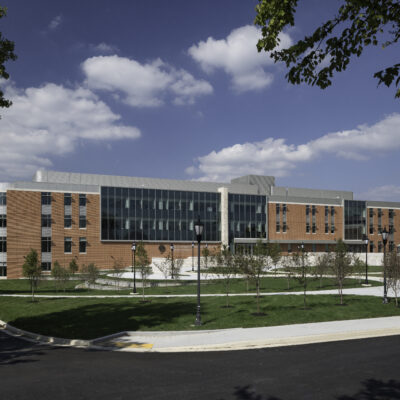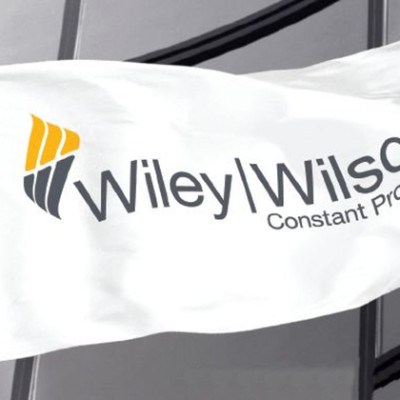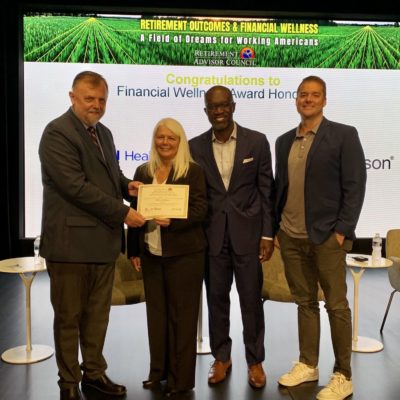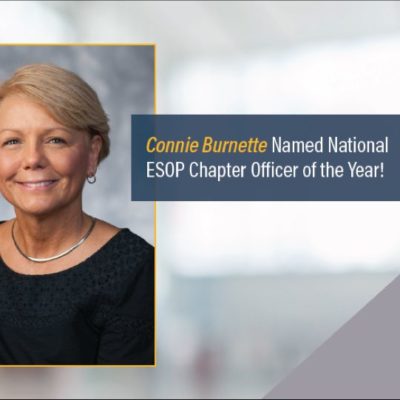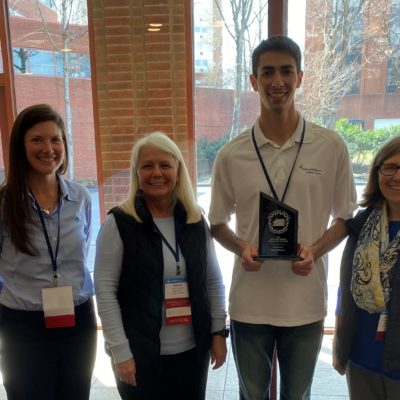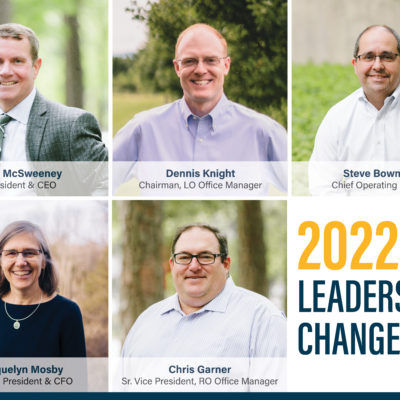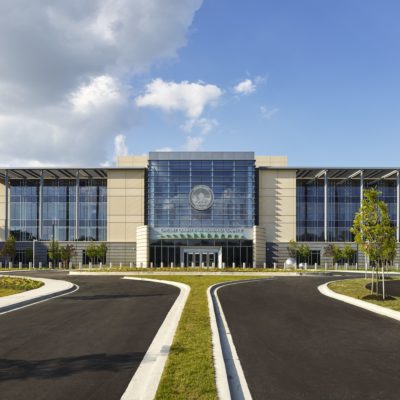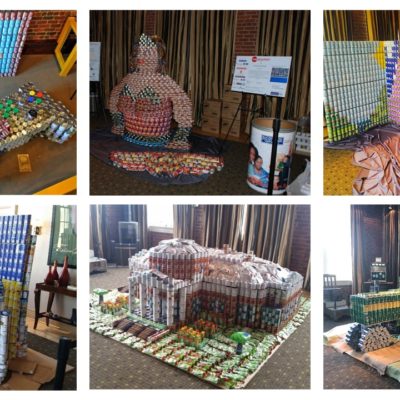NRL LASR Earns LEED Silver Certification
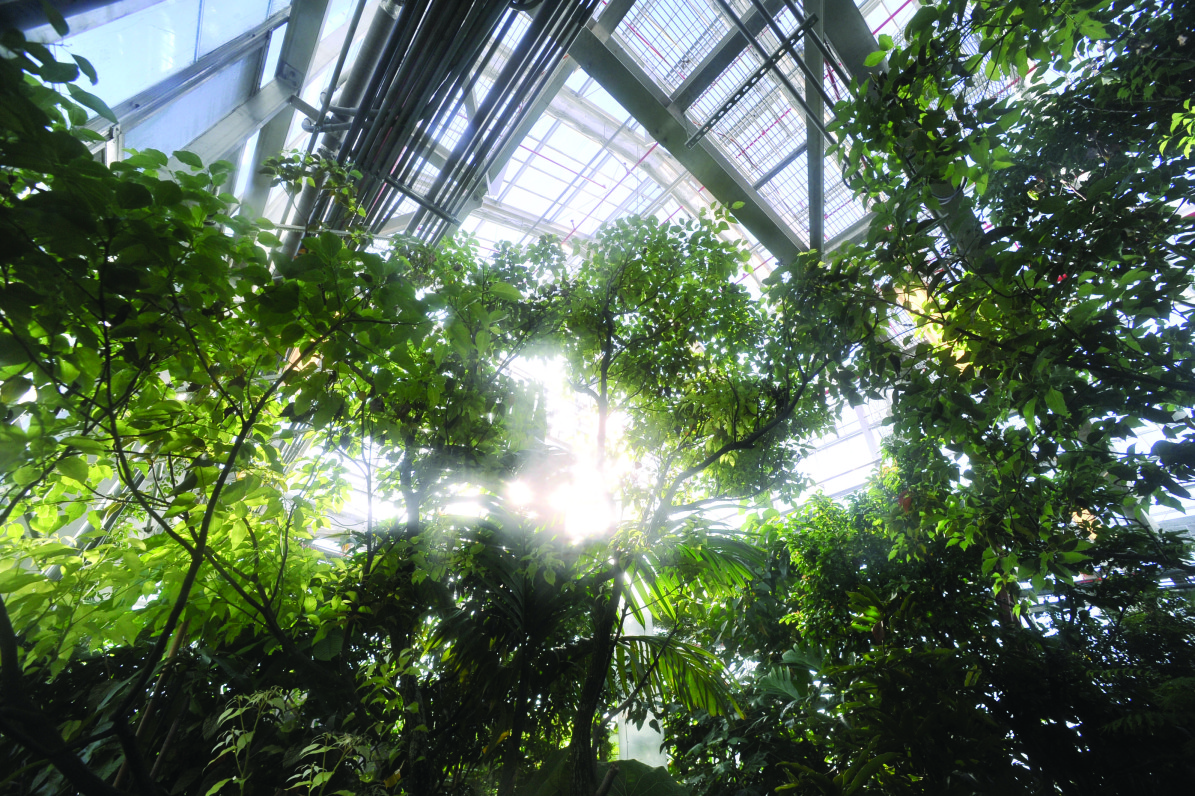
Photo Credit: US Naval Research Laboratory
Wiley|Wilson is pleased to announce that the Naval Research Laboratory – Laboratory for Autonomous Systems Research in Washington, DC, has earned LEED Silver certification by the U.S. Green Building Council. LEED is the nation’s preeminent program for the design, construction and operation of high performance green buildings. The firm provided engineering design services for the facility.
“This certification is a tremendous accomplishment and one that we are proud to have helped our client achieve,” said Robert J. Bibee, Wiley|Wilson Project Manager. “Receiving LEED Silver certification was a top priority, so sustainable features were incorporated throughout the space, from the indoor air quality management system to the selection of specific water fixtures for maximum efficiency.”
LEED certification of NRL LASR was based on a number of green design and construction features that positively impact the project itself and the broader community. These features include:
- Maximized open space
- Construction activity pollution prevention
- Brownfield redevelopment
- Stormwater quantity and quality controls
- Energy-efficient reflective roof
- More than 75% of construction waste diverted from landfills
- Zero domestic water used for landscaping
- Using low VOC-emitting adhesives, sealants, paints, coatings, carpet, composite wood, and agri-fiber products
“Earning LEED certification is becoming an increasingly important objective for clients,” explained Mr. Bibee. “They recognize that incorporating green best practices can decrease a building’s operating costs while increasing its efficiency.”
NRL LASR is a one-of-a-kind facility that enables researchers from various backgrounds to work on inter-related projects simultaneously. The space provides several different climate environments in a single location, including a greenhouse that simulates a canopy jungle; a desert high bay with simulated rock wall; and an outland highland forest area with a stream and pond.
.
About the U.S. Green Building Council
The Washington, D.C.-based U.S. Green Building Council is committed to a prosperous and sustainable future for our nation through cost-efficient and energy-saving green buildings. With a community comprising 80 local affiliates, more than 18,000 member companies and organizations, and more than 167,000 LEED Professional Credential holders, USGBC is the driving force of an industry that is projected to contribute $554 billion to the U.S. gross domestic product from 2009-2013. USGBC leads an unlikely diverse constituency of builders and environmentalists, corporations and nonprofit organizations, elected officials and concerned citizens, and teachers and students. Buildings in the United States are responsible for 39% of CO2 emissions, 40% of energy consumption, 13% water consumption and 15% of GDP per year, making green building a source of significant economic and environmental opportunity. Greater building efficiency can meet 85% of future U.S. demand for energy, and a national commitment to green building has the potential to generate 2.5 million American jobs.
USGBC was co-founded by current President and CEO Rick Fedrizzi, who spent 25 years as a Fortune 500 executive. Under his 15-year leadership, the organization has become the preeminent green building, membership, policy, standards, influential, education, and research organization in the nation. For more information, visit www.usgbc.org.
About LEED
The U.S. Green Building Council’s LEED green building certification system is the foremost program for the design, construction, and operation of green buildings. Over 100,000 projects are currently participating in the LEED rating systems, comprising over 8 billion square feet of construction space in all 50 states and 114 countries. By using less energy, LEED-certified buildings save money for families, businesses and taxpayers; reduce greenhouse gas emissions; and contribute to a healthier environment for residents, workers and the larger community.
